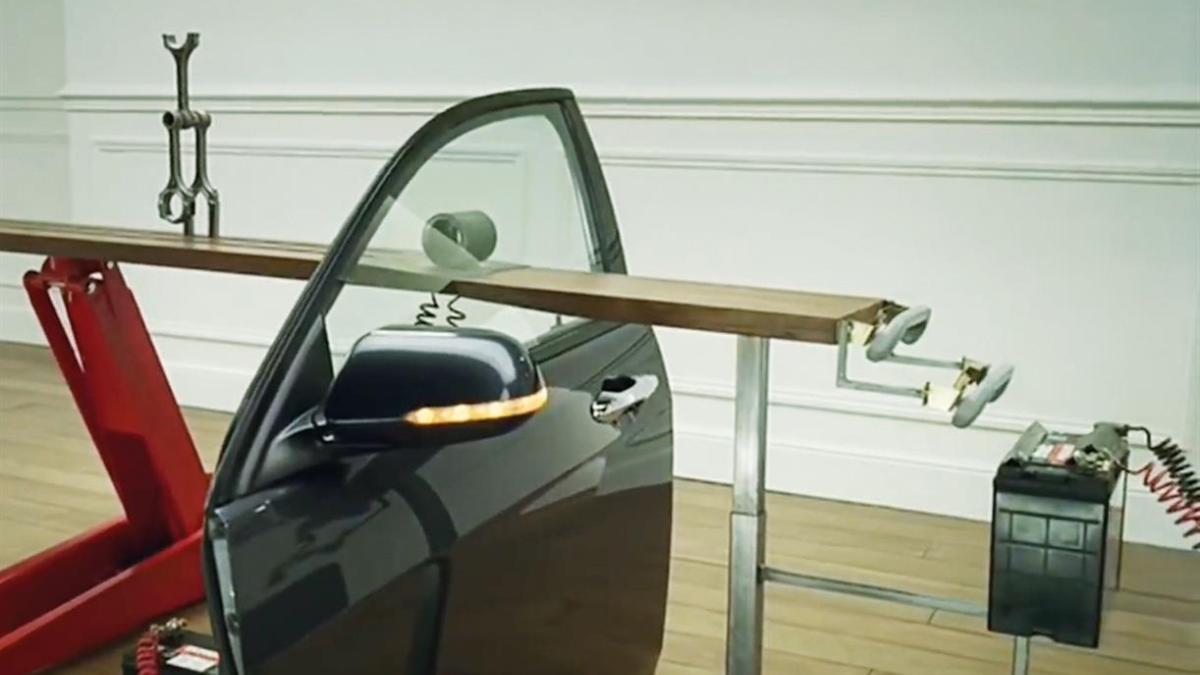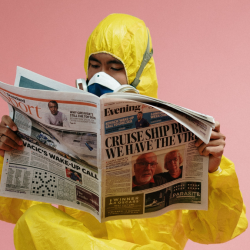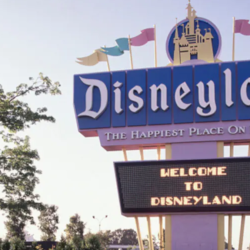In 1961 the Advertising Standards Authority set out a code to ‘ensure’ that all UK ads were ‘legal, decent, honest and truthful’. In 2012 they ran a 50-year commemoration of that code, suggesting that they believed their efforts had been successful.
But had they?
Forgetting ‘legal’ and ‘decent’ for a moment, how honest and truthful has advertising been? Let me give you a few examples to help you decide for yourself.
When I was in college we were given a guest lecture by someone in poster advertising. She showed us a current billboard for a Clarins product that suggested it removed cellulite. The image featured a beautiful woman smiling as she placed her hand on her immaculate thigh. The lecturer explained that the thigh, hand and face belonged to three different people. Not only that, the owner of the thigh was a 12-year-old girl. ‘Honest’? ‘Truthful’? Clearly the implication was very different to the reality.
Example two: Honda, The Cog, one of the greatest commercials of this century. Part of the way it sells the car is by highlighting the reliability of the parts, which allows you to film a single, unbroken take of this elegant chain reaction. Except that it’s two takes, stitched together in post-production, and that suggests a slightly different degree of reliability. Not to mention that fact that it took over 100 takes to get right. Is that truthful, or not?
Example three: when I was maybe five years old, there was an ad for a brand of sweets called Refreshers. They came in a cylindrical pack, and this ad was for a tie-in with a brand new film called Star Wars. In the ad, a kid opened the pack and — wow! — it turned into a light sabre! The funny thing was, no matter how many times I bought a pack of Refreshers to try this, it never worked. Now that I’m a little older, I wonder if it was all a ruse to fool innocent children into buying colourful sugar discs.
Three examples of different ways in which advertising could be said to be untruthful
I could offer others, such as the fact that Dove, with its purpose-packed Campaign For Real Beauty, is owned by Unilever, who also make Lynx, represented by one of the most sexist ad campaigns of all time (one that untruthfully suggest a few sprays will soon have anyone drowning in supermodels).
Or the fact that the multi-award-winning, feminist icon, Fearless Girl statue was made for a company that was made to pay a $5m settlement for gender pay discrimination.
In fact, one of the fundamental methods of advertising is couched in a lie: dramatise the benefit. That means the actual benefit is probably a bit underwhelming, so it’s up to us to make it seem much more impressive than it is. That means we get people battling real monsters on a tube train because that’s kind of what it’s like when you play video games on your phone. Or a beer whose waiting time is just like that of a perfect wave, or indeed the entirety of evolution. Or chocolate that’s as enjoyable as a watching a drumming gorilla.
Then we say that it’s OK because people understand it’s an ad, so they take it all with a pinch of salt. But where does the salt end and reality begin? Making people more excited about a product through smoke and mirrors and whistles and bells is just the way things are, but is it the truth?
There’s a little kid in 1978, sadly holding a half-opened pack of Refreshers, who would tell you that it most certainly is not.
Featured image: The Cog / Honda































